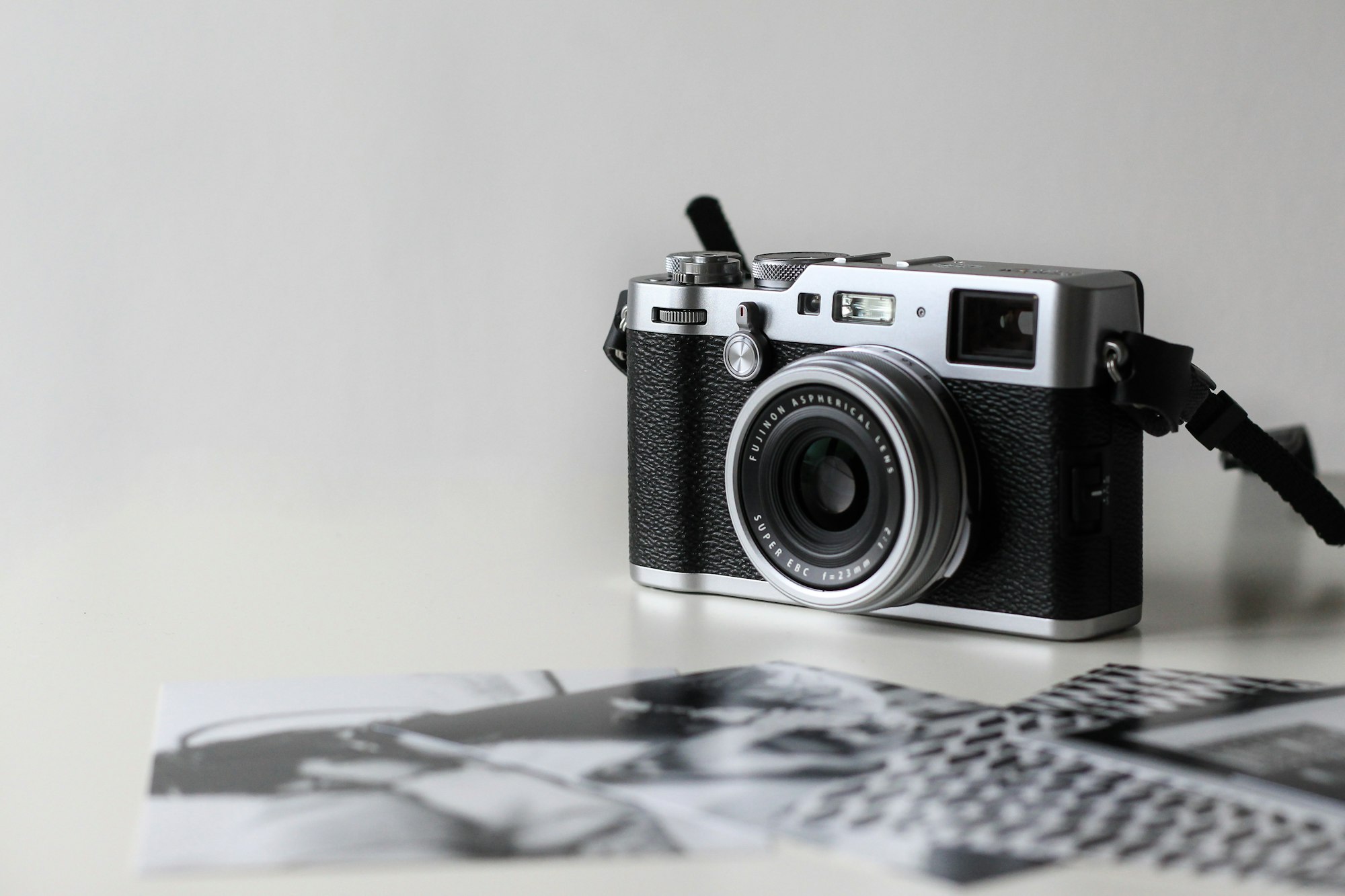Photography Glossary

Here is a glossary of photography terms:
- Aperture: The opening in a camera lens through which light passes. It is measured in f-stops, with larger f-stops indicating smaller apertures and vice versa.
- ISO: International Organization for Standardization. It refers to the sensitivity of the camera’s sensor to light. A higher ISO number means the sensor is more sensitive to light, and vice versa.
- Shutter Speed: The amount of time the camera’s shutter stays open to expose the sensor to light. It is measured in seconds or fractions of a second.
- Exposure: The amount of light that reaches the camera’s sensor. It is controlled by aperture, ISO, and shutter speed.
- Depth of Field: The distance between the nearest and farthest objects in a scene that appear acceptably sharp in an image.
- Bokeh: The aesthetic quality of the blur produced in the out-of-focus parts of an image.
- Focal Length: The distance between the lens and the camera’s sensor when the lens is focused at infinity. It determines the angle of view and magnification of the image.
- White Balance: The process of adjusting the colors in an image to accurately reflect the true colors of the scene.
- RAW: A file format that contains unprocessed image data captured by the camera’s sensor.
- Composition: The arrangement of visual elements in a photograph.
- Histogram: A graph that shows the distribution of tones in an image.
- Light Meter: A tool used to measure the amount of light in a scene.
- Exposure Compensation: The adjustment of exposure settings to make an image brighter or darker.
- Autofocus: A camera feature that automatically focuses the lens on the subject.
- Manual Focus: The process of manually adjusting the lens to achieve the desired focus.
- Bracketing: The technique of taking multiple shots of the same scene at different exposures.
- Polarizing Filter: A filter used to reduce glare and reflections in a photograph.
- ND Filter: A filter used to reduce the amount of light entering the camera.
- Flash: A device used to illuminate a subject in low-light situations.
- Tripod: A three-legged stand used to support a camera and prevent camera shake.